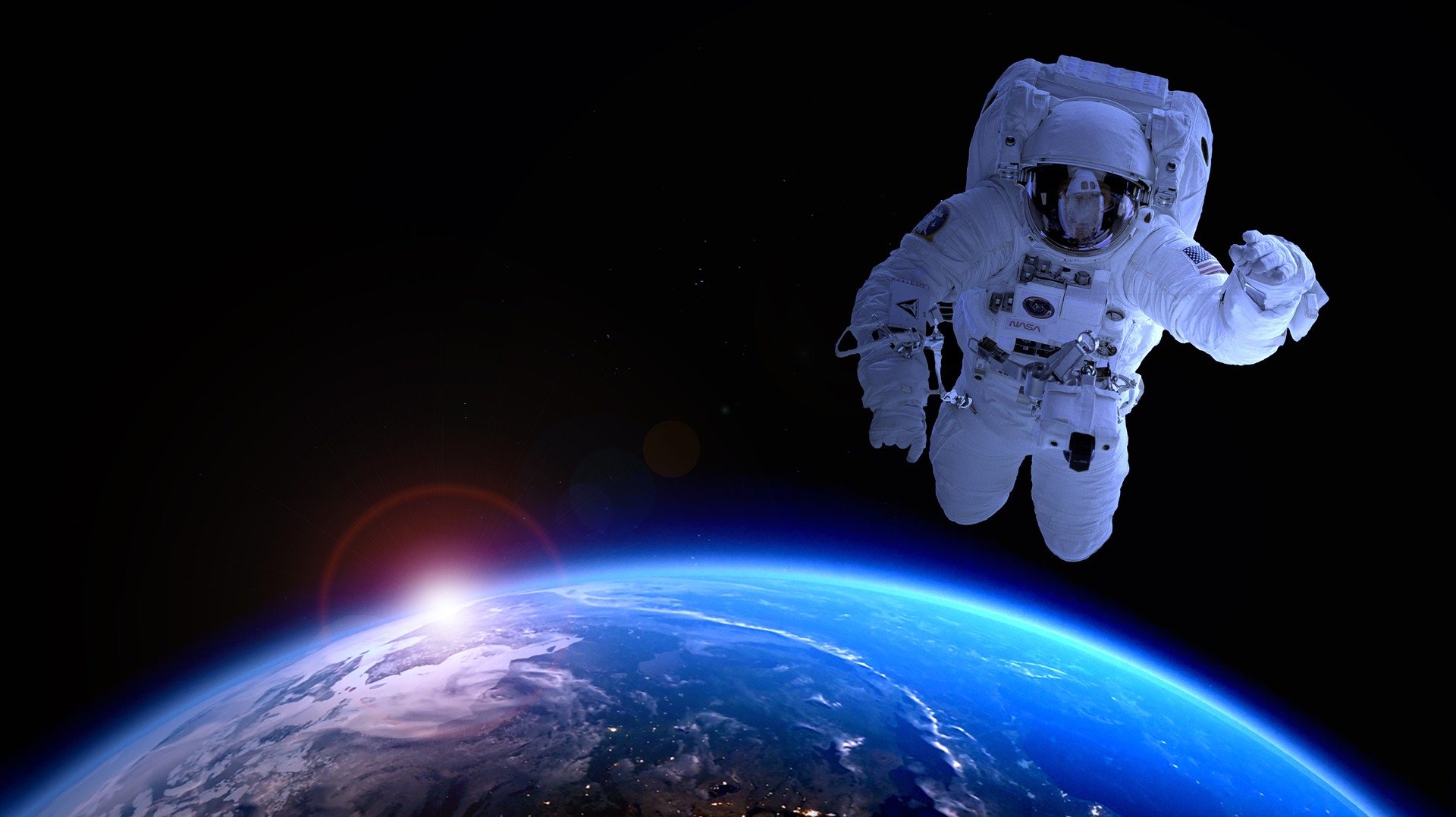What is the Key Ingredient in Star Formation?
The story of the formation of stars is a few things the astronomers are trying to piece together for quite some time and this is often large because the stars themselves are shrouded in secrecy. In simple words, we all know that stars are points of light and they are composed of hydrogen and helium gas. However, when we look at the night sky one can’t help but wonder how the many billions of bright stars including our Sun came into existence. And to know their origins many astronomers must have peered deep into the darkness using powerful tools.
Formation of Stars
The Herschel Space Observatory is one such tool in operation and has devoted over 1500 hours of observing time to key science projects exploring different aspects of the formation of stars and providing astronomers with an unravelled glimpse into the stellar cradles of our Galaxy. Herschel found intricate filamentary wisps within the clouds and it appears that the turbulent motions of galactic gas that give rise to those filaments. They can range from some hundred light-years in length. They all seem to be around 1/3 of a Light-year wide and nearby star-forming regions. These observations helped reveal how filaments play a critical role in forming starts like our Sun as gas and dust pile up in the densest filaments gravity takes over and become unstable and fragment into collapsing clumps creating the seeds of future stars that are significantly more massive than our sun. However, originated in extreme environments Herschel found such nurseries around gigantic ridges and hubs that may arise when ordinary filaments overlap these huge reservoirs of gas. Under the influence of gravity, dust can assemble much larger stellar embryos resulting in clusters of massive stars. When these stars are born, they light up and reshape the nearby clouds. And these newly formed stars can help trigger subsequent star formation.
The star-formation history of the Universe is one of the great successes of modern astronomy. However, stars reveal only the primary half of the story of how the galaxy was formed. The last half is what happens to the gas that fuels star formation. And as a result of the dark matter’s gravitational pull, hot gas is believed to settle from the intergalactic medium into regions of densely concentrated dark matter. The gas then cools to form diffuse clouds of neutral hydrogen atoms. As gravity pulls more and more gas towards the middle of the disk, it gets denser and harder. The hydrogen atoms fuse to make helium and with the burst of nuclear energy, a star begins to shine. These stars eventually get their nuclear fires moving into the core and after they do, they heat up, and they expel the material that surrounds them a bit like clearing up the neighbourhood. The concentrations of those stars and gas are what we call galaxies.
Conclusion
Thus, a human’s lifetime is too short to witness the wonder of a star’s birth in the spiral arms by speeding up millions of years of cosmic time into just a few seconds. And we can see one star born after another and there are even more brilliant flashes of light coming.


